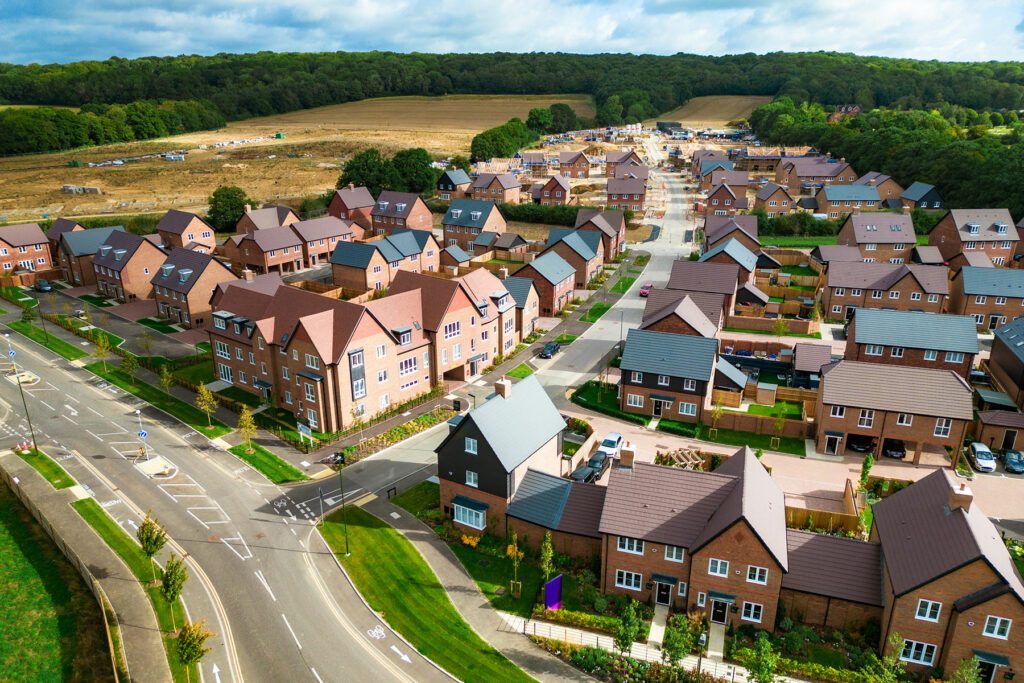Author
In late July, the new Labour government proposed amendments to the National Planning Policy Framework (NPPF). This document, along with local plans, is crucial in planning decisions across England. It sets national planning policies that local authorities must consider when developing local plans and making decisions on planning applications.
Putting local politics to one side, planning decisions should focus on balancing the benefits and impacts of proposals, approving those where the benefits outweigh the impacts. The NPPF and local plans provide the framework for this evaluation. The proposed changes are open for consultation and may be implemented by the end of the year. The main goals are to expedite local plan development and increase the number of new homes granted planning permission.
A landowner’s perspective on the proposed changes will depend on whether they have aspirations for development or whether they are more concerned about protecting their land.
Key Themes of the Proposed Changes
1. Housing Delivery Reforms
Under-provision: For landowners with land under option or in the process of being promoted for development, the housing delivery reforms are generally positive.
A key driver for the successful grant of planning permission for new homes is an under-provision of new homes in the area. In simple terms, a planning application is assessed against local housing needs, calculated using a model called ‘the standard method’. The greater the shortfall the more pressing the need for new homes. This weighs heavily on planning balance and allows developments to be approved, that might otherwise be considered to have an unacceptable impact.
These NPPF changes are generally positive for landowners with development aspirations. They increase the likelihood of a shortfall in housing delivery, making it easier for planning applications to be approved where there is an under-provision of new homes.
Affordable homes: The value of development land lies in part on the types of housing that will be delivered. Affordable homes are less valuable than open market homes. Developers expect to deliver affordable housing as part of their proposals, recognising that this is part of the ‘planning gain’.
Typically, the cost of the provision of affordable housing is a deductible under landowner options and promotion agreements. Profitability turns not just on the number of affordable houses, but also the types of affordable homes being provided.
The NPPF changes seek to prioritise and maximise the delivery of what is typically seen as the least valuable affordable housing product; social rented housing. Landowners may see the value of their land under option fall as a result.
2. Green Belt Development
For decades it has been the case that the development of land lying in designated Green Belt was going to be very restricted. Development on the Green Belt is still going to be difficult, with the emphasis for development continuing to be focused on previously developed land (brownfield land) outside the Green Belt. However, the changes do signal a relaxation in green belt restrictions. Planning authorities are to be given the ability to change the Green Belt boundaries through their local plans, where it has been established a change is necessary to meet unmet housing or commercial needs. The focus for this relaxation will be on Grey Belt sites, being previously developed land in the Green Belt which makes little contribution to the purposes of the Green Belt.
These sites must still be sustainable and meet requirements such as 50% affordable housing provision, infrastructure, and green space, which may affect their viability. Recognising this, the NPPF changes propose a consideration of viability, albeit against a backdrop of a fixed benchmark land value, which may be unpalatable to landowners.
3. Onshore Wind Turbines
Restrictions on new onshore wind turbines will be removed, making it easier to obtain planning permission. This could lead to increased interest from wind farm developers in land with good wind resources and grid capacity.
4. Protection of Agricultural Land
Developments on agricultural land, particularly solar farms, no longer have to grapple with arguments around their adverse impacts on food production, although poor quality agricultural land is still preferred over the best and most versatile agricultural land.
Landowner Perspectives
Landowners’ views on these NPPF changes will vary. Those looking to develop their land may see increased opportunities, while those focused on land protection may have concerns about the potential for increased development nearby. The impact of these changes will depend on individual circumstances and local planning contexts.
Of course, the proposed changes may not ultimately be confirmed, although this is unlikely. Whilst the changes remain in draft, the question of whether they have any weight in planning decisions is very much an open one.
Should you wish to discuss any of the issues raised in this article, please contact Fergus Charlton.

